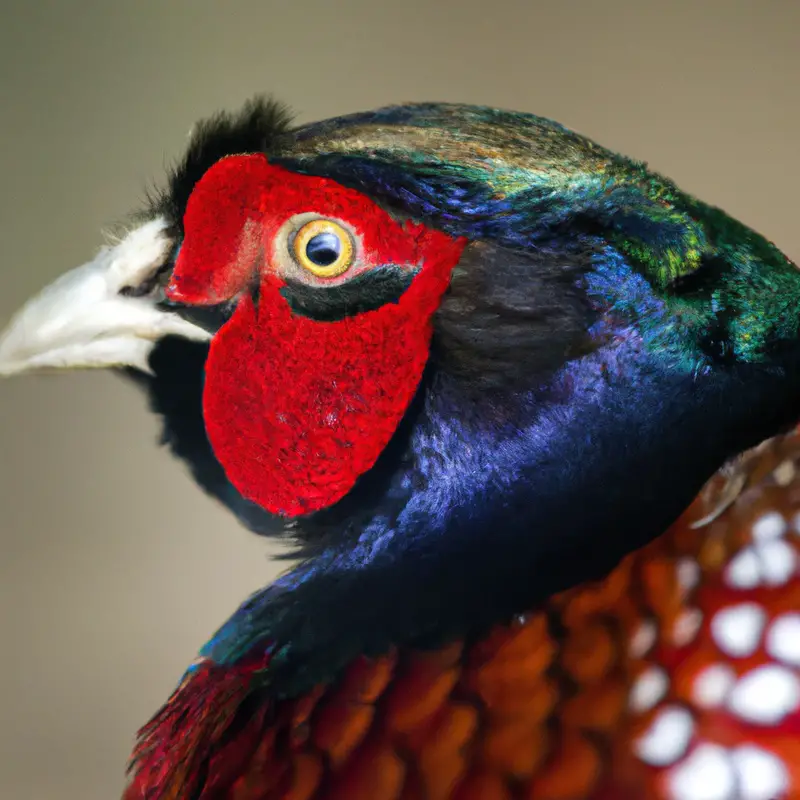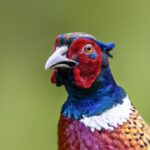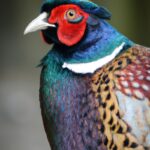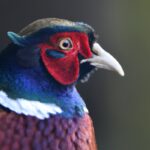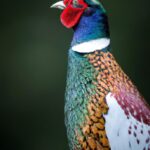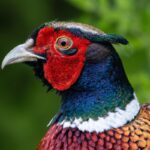Key Takeaways:
- Pheasant hunting in Connecticut is popular among both residents and non-residents.
- The state offers designated hunting areas for pheasants to ensure a productive hunting experience.
- Hunters must obtain the appropriate licenses and follow specific regulations to participate in pheasant hunting.
- Pheasant hunting season in Connecticut typically starts in October and lasts until the end of the year.
Are you an avid hunter looking for a thrilling and challenging experience?
Look no further than pheasant hunting in Connecticut! As a seasoned hunting enthusiast, I can assure you that Connecticut offers some of the best places and opportunities to pursue this majestic game bird.
In this comprehensive guide, we’ll delve into the top hunting locations, the seasons and regulations, expert techniques, essential gear, safety tips, and even address some popular FAQs. Get ready to immerse yourself in an adrenaline-fueled adventure as we explore the world of pheasant hunting in Connecticut!
Aspect | Information |
|---|---|
Season | Fall and Winter |
Requirements | Hunting license, State Pheasant Stamp, and a Shotgun |
Bag Limit | 4 birds per day |
Legal Shooting Hours | 30 minutes before sunrise to sunset |
Hunting Zones | 1, 2, and 3 |
Public Lands | Rocky Neck State Park, Housatonic State Forest, and Natchaug State Forest |
Best Places for Pheasant Hunting in Connecticut
Public Hunting Areas
Public hunting areas in Connecticut offer great opportunities for pheasant hunting. Here are some notable locations:
- Wildlife Management Areas: Connecticut has several wildlife management areas that allow hunting. These areas are managed by the state to provide habitat for various game species, including pheasants.
- State Forests: The state of Connecticut maintains multiple state forests where hunting is permitted. These forests offer a mix of habitats, including fields and woodland areas, making them suitable for pheasant hunting.
- State Parks: Some state parks in Connecticut also allow hunting during designated seasons. These parks offer diverse landscapes and are often home to good populations of pheasants.
Remember to check the specific regulations and seasons for each public hunting area before planning your pheasant hunting trip.
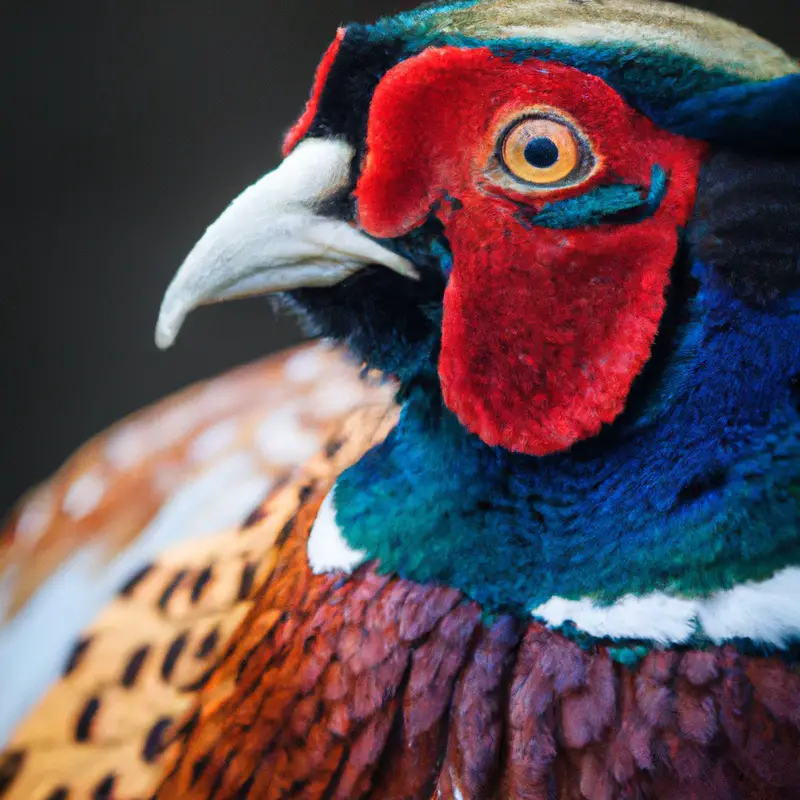
Private Hunting Preserves
Private hunting preserves offer a unique experience for avid hunters in Connecticut.
These preserves are privately owned properties that provide exclusive hunting opportunities.
They are carefully managed to ensure a thriving population of pheasants and maintain a natural habitat for wildlife.
By visiting a private hunting preserve, you can enjoy a controlled and well-maintained environment for hunting pheasants.
These preserves often require a membership or a fee for access, but they provide a peaceful and secluded setting for a satisfying hunting trip.
Some notable private reserves in Connecticut include the Sharon Country Club Preserve and the Millbrook Valley Preserve.
Hunting Seasons and Regulations
Pheasant Hunting Season Dates
Pheasant hunting season dates vary depending on the state and regulations.
In Connecticut, pheasant hunting season typically begins in late October and runs through December, with varying specific dates each year.
It’s important to check with the Connecticut Department of Energy and Environmental Protection (DEEP) for the exact dates to ensure you are hunting within the legal season.
Remember to always follow the regulations and obtain the necessary permits and licenses before heading out.
Happy hunting!
Bag Limits and Licensing Requirements
To hunt pheasant in Connecticut, you need a valid hunting license.
You can obtain one by completing a hunter education program and purchasing a license from the Connecticut Department of Energy and Environmental Protection.
The bag limit for pheasant hunting in Connecticut is set by the department, and it is subject to change every year.
It is important to check the latest regulations to ensure you are aware of the current bag limits before going hunting.
Additionally, make sure to follow all other licensing requirements and regulations set by the department to ensure a safe and legal hunting experience.
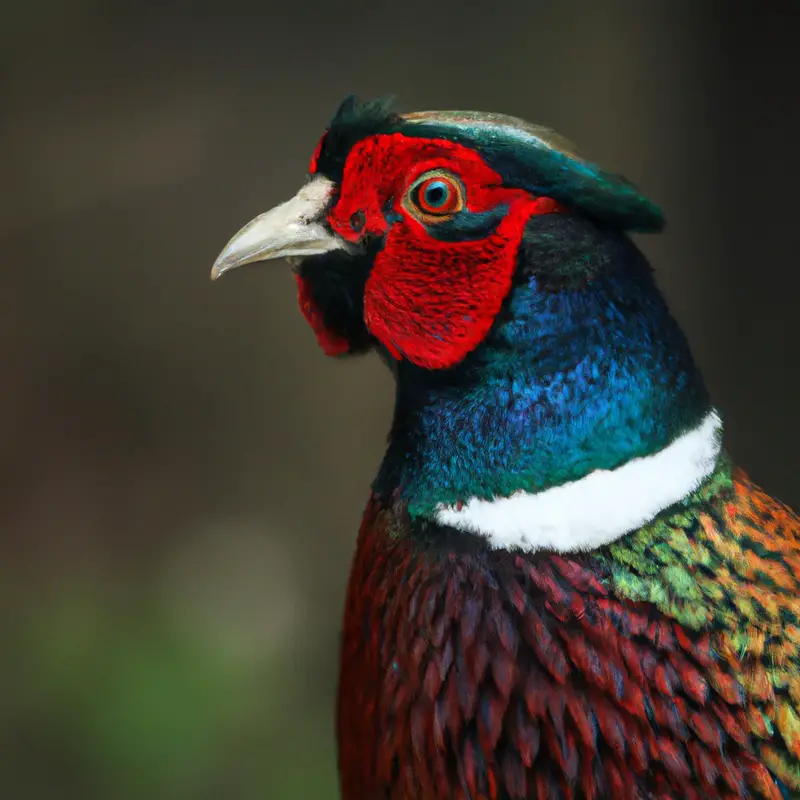
Pheasant Hunting Techniques and Tips
Choosing the Right Shotgun and Ammunition
To choose the right shotgun for pheasant hunting, consider a 20-gauge or 12-gauge shotgun. The 20-gauge option is lighter and has less recoil, making it easier to handle.
The 12-gauge shotgun provides more power and range.
As for ammunition, use a shot size of 6 or 7 ½, which is suitable for pheasant hunting. Make sure to check your state’s regulations for any specific requirements on shotgun and ammunition choices.
Happy hunting!

Training and Handling Hunting Dogs
Training and handling hunting dogs is a key element in successful pheasant hunting. To train your dog effectively, start with basic commands like sit, stay, and come.
Gradually introduce them to the scent of live birds and reward them for pointing.
Practice retrieving with dummy or dead birds to develop their hunting skills. Teaching them to follow commands silently is also crucial to not startle game.
Regular exercise, consistent training, and positive reinforcement are vital for a well-trained hunting dog.
Always prioritize their safety and ensure they are properly trained before taking them out into the field.
Field Dressing and Processing Pheasants
Field dressing and processing pheasants is an important step in preparing them for cooking. Here are a few tips to help you do it effectively:
- Start by plucking the feathers, making sure to remove any remaining pin feathers.
- Use a sharp knife to cut off the head and feet at the joints.
- Make a small incision near the breastbone and carefully remove the organs.
- Rinse the cavity thoroughly with cold water, ensuring there are no traces of blood or debris.
- Finally, pat the bird dry with a clean towel and store it in the refrigerator until you’re ready to cook.
Essential Gear for Pheasant Hunting
Clothing and Footwear
Clothing and footwear are key considerations when hunting pheasants.
- Wear camouflage clothing to blend in with the surroundings.
- Dress in layers to regulate body temperature.
- Opt for comfortable and waterproof boots to withstand long walks and wet conditions.
- Don’t forget a durable hat and gloves for added protection.
Remember, being comfortable and properly dressed can greatly enhance your hunting experience.
Game Bags and Hunting Vests
Game bags and hunting vests are essential gear for successful pheasant hunting. Game bags are used to carry and transport harvested birds without damage or spoilage.
Look for durable, breathable, and lightweight game bags with a large capacity.
Hunting vests are designed to carry ammunition, necessary equipment, and personal belongings. Opt for vests with ample storage pockets, adjustable straps, and a comfortable fit.
Remember to choose high-visibility vests for safety in the field.
These two items will greatly enhance your hunting experience and ensure you are well-prepared for the hunt.
Hunting Accessories (e.g., calls, decoys, etc.)
When it comes to hunting accessories, there are a few key items that can enhance your pheasant hunting experience. One important accessory is a phesant call, which mimics the sound of a pheasant to attract them.
Decoys are also useful, as they can lure in pheasants by creating the appearance of a safe and inviting environment.
Other accessories to consider include a backpack or vest for carrying gear, a quality pair of binoculars for scouting, and a reliable hunting knife for field dressing. These accessories can greatly improve your chances of a successful hunt.
Safety Tips for Pheasant Hunting
Firearm Safety Rules
Firearm safety is paramount when participating in any kind of hunting, including pheasant hunting. To ensure a safe and enjoyable experience, there are a few important firearm safety rules that you should always follow:
- Treat every firearm as if it is loaded, even if you believe it is unloaded. Always check the chamber and visually inspect the firearm before handling it.
- Keep your finger off the trigger until you are ready to shoot. Only place your finger on the trigger when you have a clear target and are prepared to fire.
- Always point the muzzle in a safe direction. Be mindful of where your firearm is pointed at all times and avoid pointing it at anything you do not intend to shoot.
- Be aware of your surroundings. Know what is in your line of fire and ensure that there are no individuals or objects in the vicinity that could be accidentally hit by a stray bullet.
- Store firearms securely when not in use. Keep them unloaded and locked away in a designated storage area, separate from ammunition.
Remember, following these firearm safety rules is crucial to prevent accidents and ensure a safe hunting experience for yourself and others. Always prioritize safety and take the necessary precautions when handling firearms.
Proper Identification of Targets
Proper identification of targets is crucial in any hunting activity. To ensure safety, it’s important to positively identify your target before pulling the trigger.
Here are some tips to help you with target identification:
- Familiarize yourself with the appearance of the game species you are hunting. Learn about their size, coloration, and distinct markings.
- Take the time to observe your target through binoculars or a scope if necessary. Look for specific characteristics that distinguish it from other animals.
- Know the hunting season and regulations in your area. This will help you determine if it is legal to shoot the particular species you are targeting.
- Be patient and wait for a clear shot. Rushed shots can lead to mistaken targets and potential accidents.
- Communicate with your hunting partners. Ensure everyone is aware of their target and knows where others are positioned.
Remember, safety should always come first when hunting. Proper target identification is a responsibility that all hunters must take seriously to prevent accidents and ensure a successful and enjoyable hunting experience.
Hunter Orange Requirement
Hunter Orange Requirement: When hunting pheasants in Connecticut, it is essential to be aware of the hunter orange requirement. This regulation mandates that all hunters must wear a solid blaze orange-colored vest, jacket, or hat while hunting.
The purpose of this requirement is to ensure visibility and safety for all hunters in the field.
By wearing hunter orange, you increase your chances of being seen by other hunters and prevent accidental shootings. So, don’t forget to wear your hunter orange gear to stay safe during your pheasant hunting adventure.
Frequently Asked Questions (FAQs)
Can non-residents hunt pheasants in Connecticut?
Yes, non-residents can hunt pheasants in Connecticut. However, they are subject to the same licensing requirements as residents.
This means that non-residents need to obtain a hunting license and a pheasant stamp in order to legally hunt pheasants in the state.
It’s important to check the specific hunting regulations and seasons set by the Connecticut Department of Energy and Environmental Protection, as they may vary from year to year. Enjoy your pheasant hunting experience in Connecticut!
Are there restrictions on hunting pheasants on Sundays in Connecticut?
Yes, there are restrictions on hunting pheasants on Sundays in Connecticut.
According to state regulations, hunting pheasants is not permitted on Sundays.
It is important to be aware of this restriction if you are planning a hunting trip for pheasants in Connecticut, as it will impact your hunting schedule.
Can you hunt pheasants with archery equipment in Connecticut?
Yes, you can hunt pheasants with archery equipment in Connecticut. The state allows the use of archery equipment, including bows and arrows, for hunting pheasants during the designated hunting season.
Archery hunting can provide a unique and challenging experience for those who prefer this method.
However, it is important to familiarize yourself with the specific regulations and limitations set by the Connecticut Department of Energy and Environmental Protection for hunting pheasants with archery equipment. Make sure to check for any additional requirements or restrictions before heading out into the field.
How can I report a poaching incident?
If you witness a poaching incident in Connecticut, it is essential to report it promptly. Here are the steps you can take to report a poaching incident:
- Contact the Connecticut Department of Energy and Environmental Protection (DEEP. You can reach the DEEP’s Emergency Dispatch at (860) 424-3333 or (800) 842-4357. Make sure to provide them with as many details as possible, including the location, description of the incident, and any other relevant information.
- If you prefer, you can also report the incident online through the DEEP’s website. They have a reporting form specifically for reporting violations, including poaching incidents. Visit their website and fill out the form with all the necessary details.
- It is helpful to provide any evidence or documentation that you may have, such as photographs, videos, or any other relevant information that can assist in the investigation.
By taking these steps, you are actively contributing to the efforts to combat poaching and protect wildlife in Connecticut. Your report can help authorities take appropriate action against those responsible for illegal activities.
Final Verdict
Connecticut offers excellent opportunities for pheasant hunting, both in public hunting areas and private preserves.
With the right knowledge and preparation, hunters can enjoy a fruitful and rewarding experience.
It is important to familiarize oneself with the hunting seasons, regulations, and licensing requirements to ensure compliance and a safe hunting environment.
Additionally, proper gear and equipment, including shotguns, ammunition, and hunting accessories, can greatly enhance the hunting experience.
Lastly, safety should always be a top priority, and following firearm safety rules and wearing hunter orange are crucial.
Overall, Connecticut provides a remarkable hunting experience for pheasant enthusiasts, and with the right approach, hunters can enjoy a successful and memorable hunt.
In summary, pheasant hunting in Connecticut offers a variety of options, from public hunting areas to private preserves.
Understanding the hunting seasons, regulations, and licensing requirements is essential for compliance and safety.
Proper gear and equipment, such as shotguns, ammunition, and hunting accessories, enhance the hunting experience.
Safety should always be a priority, with adherence to firearm safety rules and wearing hunter orange.
Overall, Connecticut provides an exceptional opportunity for pheasant hunting, with the potential for a rewarding and successful hunt.
